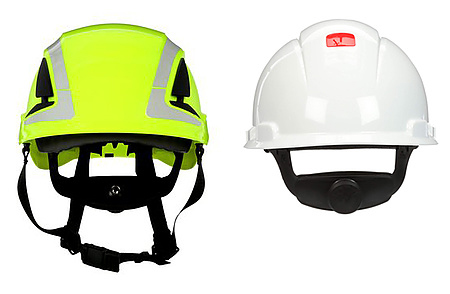QXO Safety: Hard Hats or Helmets?
Thousands of construction workers suffer head injuries each year due to being struck by falling objects or overhead hazards. A 2020 Bureau of Labor Statistics, (BLS), report found that 6% of non-fatal occupational injuries involving days away from work, primarily caused by contact with falling objects or equipment.

To help prevent many of these injuries, OSHA has recently recommended a shift away from traditional hard hats to more modern safety helmets. While hard hats have been a staple in the industry since the 1960s, safety helmets provide better protection against a wider range of head injuries.
Safety helmets protect the entire head, including the sides, front, and back. Hard hats generally only protect the top of the head. Safety helmets also tend to be lighter, made of stronger materials, and fit closer to the head. The result is less neck strain during long wear. These helmets can last up to 10 years, while hard hats should typically be replaced in half that time. The new helmets also have suspension systems that spread impact more evenly across the head.
While OSHA strongly recommends the use of safety helmets, this change is not yet mandatory across all workplaces. This allows for a gradual shift to give employers time to assess their needs and make the changes. OSHA also recommends this change for workers in oil and gas industries, high-temperature environments, specialized work, electrical work, and when working at heights.
Read more on Constructor with Hard Hats or Helmets.